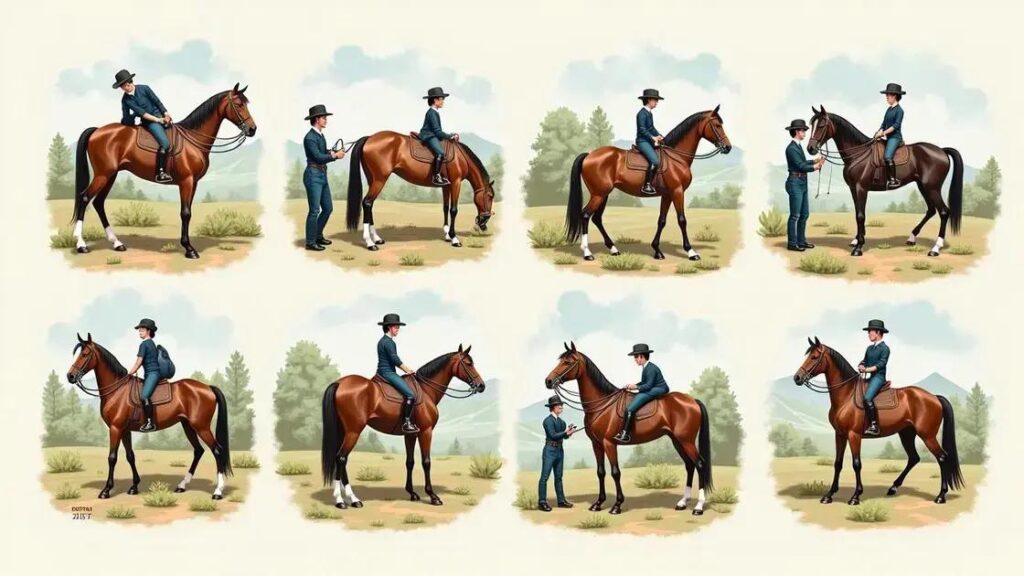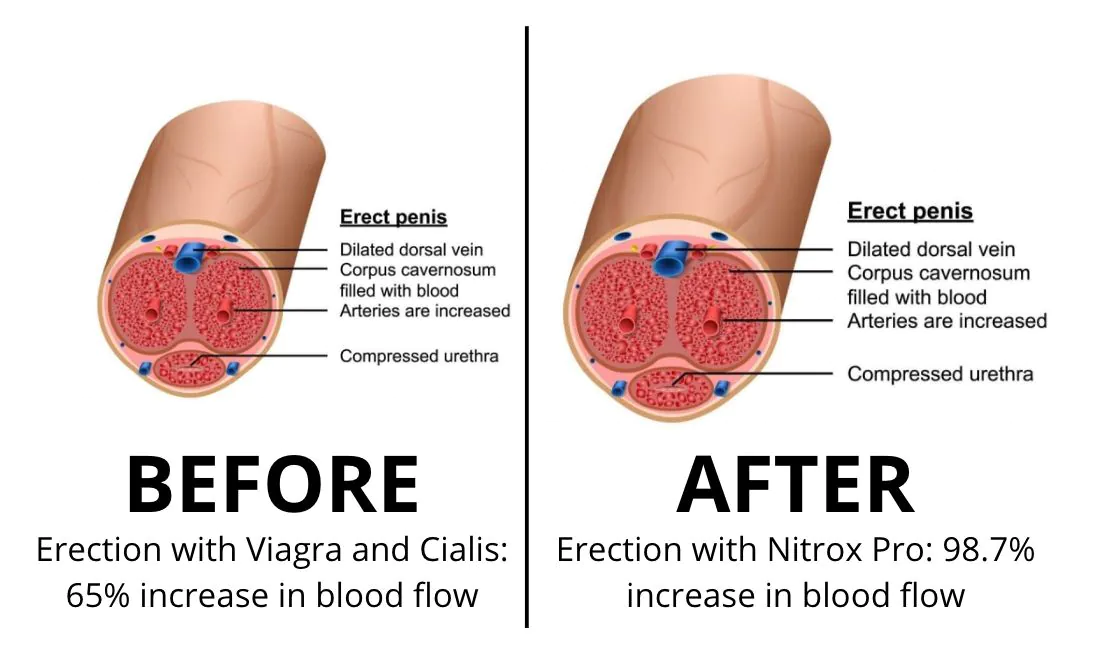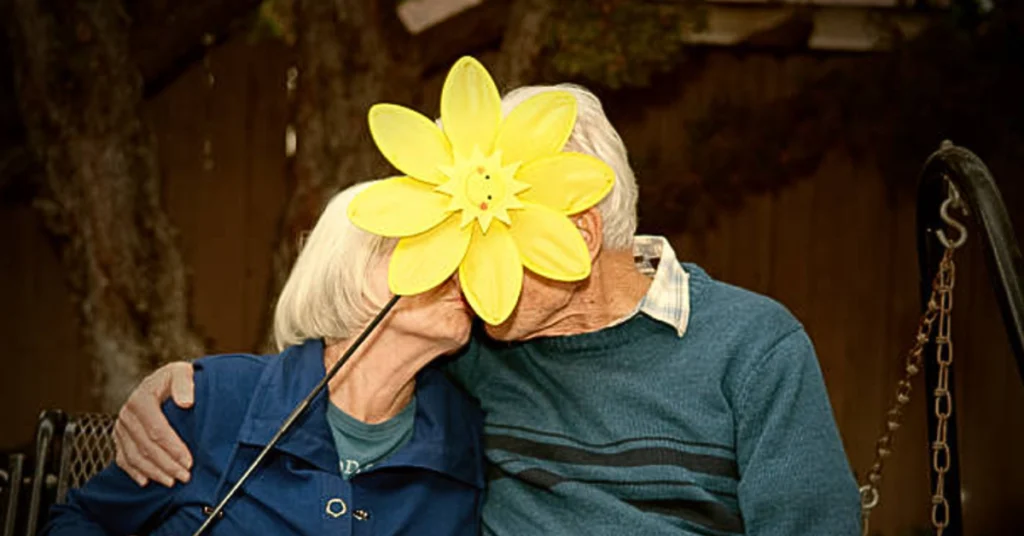Are there alternatives to the Horse Trick? Yes, there are several effective alternatives such as clicker training, natural horsemanship, groundwork techniques, and positive reinforcement training, each designed to enhance trust, communication, and overall training results with horses.
The Horse Trick has captivated many, but are there alternatives to this intriguing method? In this article, we delve into exciting possibilities that offer effective training solutions. From exploring traditional methods to innovative strategies, we will discuss various alternatives and their benefits. Join us as we uncover innovative training techniques that can enhance your experience and skills.
Exploring the Horse Trick Method
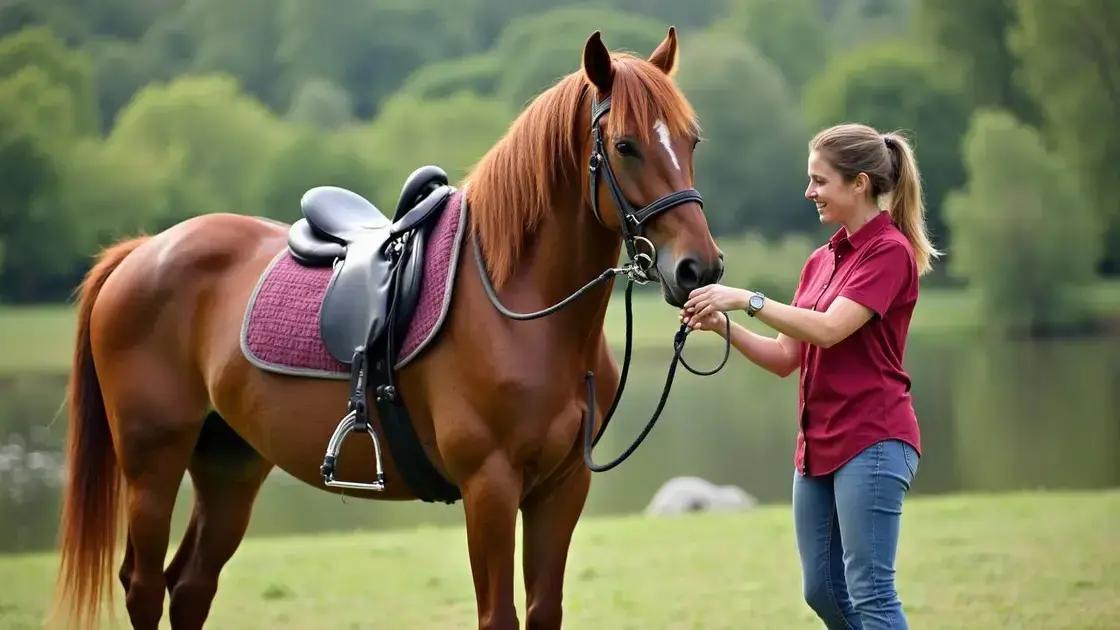
The Horse Trick Method is a fascinating technique used in horse training. It focuses on building a strong bond between the trainer and the horse. By using trust and respect, trainers can encourage horses to perform tasks that might seem impossible at first. The method emphasizes understanding the horse’s behavior and using positive reinforcement to promote learning.
How the Horse Trick Works
This method involves several steps. First, the trainer establishes a connection with the horse through gentle interactions. This can include grooming, talking, and spending quality time together. Next, the trainer introduces new skills gradually, allowing the horse to learn at its own pace.
Key Techniques in the Horse Trick
One key technique is the use of treats to reward positive behavior. This method engages the horse’s interest and encourages it to participate actively. Another important aspect is patience; trainers must be prepared to repeat actions until the horse understands what is expected of it. Observing the horse’s reactions helps the trainer adjust their approach as needed.
Challenges of the Horse Trick Method
While the Horse Trick Method is effective, it also comes with challenges. Some horses may initially resist training, requiring more time and effort from the trainer. Additionally, not all horses respond the same way to training, making it necessary to customize approaches based on individual needs. Understanding horse psychology is crucial for overcoming these hurdles.
Overall, the Horse Trick Method stands out for its ability to create a harmonious relationship between horse and trainer. By focusing on trust, patience, and consistent reinforcement, this technique can yield impressive results in horse training.
Alternative Training Techniques
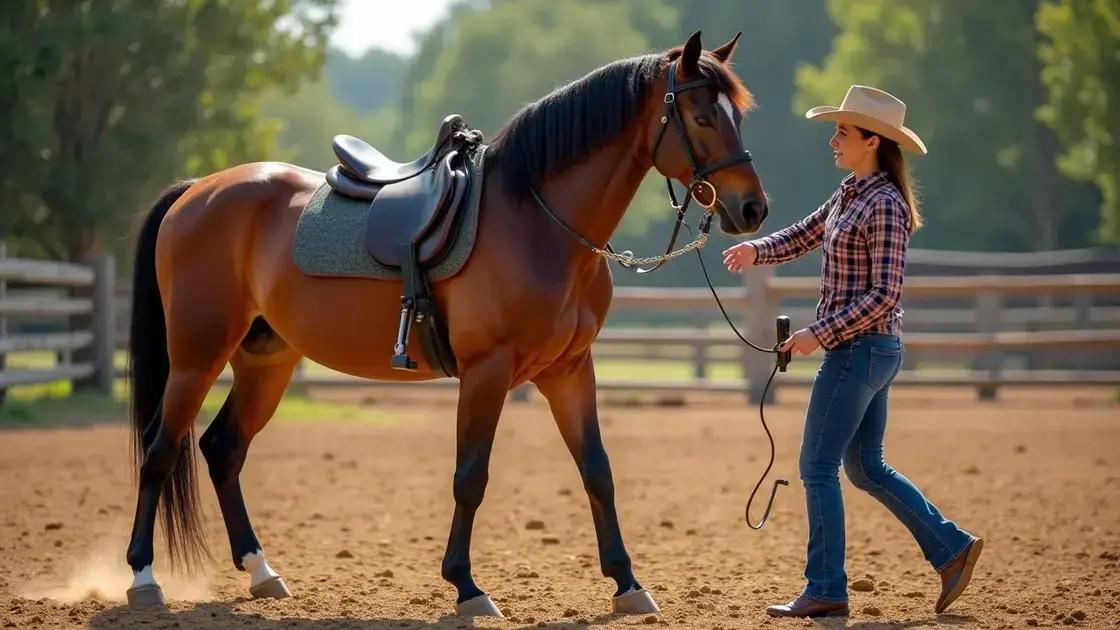
Alternative training techniques offer diverse options for horse enthusiasts seeking effective methods. These approaches emphasize varied strategies that can benefit both horses and trainers. One popular alternative is clicker training. This method uses a small device that makes a clicking sound to mark desired behaviors. When a horse performs a task correctly, the trainer clicks and then provides a reward, creating a positive association that encourages learning.
Natural Horsemanship
Another alternative is natural horsemanship. This approach focuses on communication and understanding horse behavior. By using body language and energy, trainers can establish a connection with their horses, promoting cooperation instead of dominance. This method is based on respecting the horse’s instincts and working with them rather than against them.
Groundwork Techniques
Groundwork techniques are also effective in training horses. This technique involves working with a horse from the ground, teaching skills and behaviors without the rider’s weight. Groundwork helps build trust and communication, which are essential for successful riding training. It can also improve the horse’s confidence and responsiveness.
Positive Reinforcement Training
Positive reinforcement training relies on rewarding the horse for good behavior. This method not only helps in skill development but also strengthens the bond between horse and trainer. By consistently offering rewards like treats or affection, trainers can motivate horses to learn and perform tasks enthusiastically.
Exploring these alternative training techniques can lead to successful outcomes. Each approach has its unique benefits and can cater to the specific needs of horses and trainers. By mixing various techniques, trainers can find the best method that suits their horse’s personality and learning style.
Benefits and Drawbacks of Each Approach

Each training approach comes with its own set of benefits and drawbacks. Understanding these can help trainers choose the best method for their specific needs. One benefit of the Horse Trick Method is its ability to foster trust and communication. This method encourages a positive bond between the horse and trainer, which is crucial for effective training. However, a drawback is that it may require a significant time investment before visible results appear. Patience is essential when using this method.
Alternative Techniques Benefits
Looking at clicker training, one main benefit is its effectiveness in marking desired behaviors instantly. This clear communication can speed up the learning process and help the horse understand what is expected of them quickly. Nevertheless, the drawback is that it requires the trainer to be consistent and skilled at timing the clicks, which can be a learning curve for many.
Natural Horsemanship
Natural horsemanship offers a strong connection to horse behavior, helping trainers understand their horses better. This approach leads to a harmonious relationship between horse and trainer. However, it can be time-consuming to learn the techniques effectively and requires dedication to develop the necessary skills.
Groundwork Techniques
The groundwork techniques emphasize building trust and confidence, providing the horse with a safe learning environment. These techniques can result in better responsiveness. The downside is that groundwork alone may not fully prepare the horse for riding, requiring additional training methods alongside it.
Positive Reinforcement Training
Positive reinforcement promotes enthusiastic participation from horses, making training enjoyable. This method strengthens the horse-trainer bond and encourages learning through motivation. On the other hand, some trainers may find it challenging to identify the best rewards for their horses, leading to potential confusion about what behavior is being rewarded.
By weighing these benefits and drawbacks, trainers can better understand how each method may align with their goals and their horse’s needs. This knowledge empowers trainers to make informed choices about their training strategies.
Real-Life Success Stories

Real-life success stories illustrate the effectiveness of various horse training methods, including the Horse Trick Method and its alternatives. One inspiring example is the case of a young rider named Sarah. When Sarah adopted the Horse Trick Method, she struggled to connect with her nervous mare, Bella. Through patience and understanding, Sarah gradually built trust with Bella. Within months, they were performing tricks together, showcasing a deep bond that transformed their training experience.
Clicker Training Success
Another remarkable story involves Tom, who used clicker training to help his rescue horse, Max, overcome fears of loud noises. With consistent clicks and rewards, Max learned to associate sounds with positive experiences. This method led to a fearless horse ready for new adventures.
Natural Horsemanship Impact
Jennifer faced challenges with her spirited stallion, Duke. After switching to natural horsemanship, Jennifer learned to read his body language and communicate effectively. This approach made a significant difference, resulting in a more responsive and willing partner during rides.
Groundwork Techniques in Action
In another success story, Lisa focused on groundwork techniques with her horse, Charlie, who was nervous around other animals. By building his confidence through groundwork, Lisa saw Charlie transform into a calm and collected horse, ready to engage with other horses during riding sessions.
Positive Reinforcement Tales
Finally, David embraced positive reinforcement while training his mare, Lily. By recognizing her efforts with treats and praise, David established a joyful learning environment. This method not only strengthened their bond but also allowed Lily to learn new skills quickly, impressing everyone at the riding club.
These success stories highlight the positive outcomes achievable through various approaches to horse training. Each method has its own unique benefits, and individual experiences often lead to inspiring transformations that demonstrate the power of effective training.
Exploring the Best Alternatives to the Horse Trick
In conclusion, there are numerous alternatives to the Horse Trick Method that trainers can explore. Each training technique, whether it be clicker training, natural horsemanship, groundwork, or positive reinforcement, brings unique benefits and challenges.
Real-life success stories have demonstrated how these methods can lead to remarkable transformations in both horses and trainers. With dedication and the right approach, trainers can foster strong bonds with their horses and achieve impressive results.
Understanding these alternatives allows horse enthusiasts to choose the most suitable method for their individual needs and goals. Whether you’re aiming to overcome behavioral challenges or enhance your training experience, these techniques can provide valuable insights and options. Start your journey today and unlock the potential of your connection with your horse.
FAQ – Frequently Asked Questions About Alternative Horse Training Methods
What is the Horse Trick Method?
The Horse Trick Method is a training technique that focuses on building trust and communication between the horse and trainer through positive reinforcement.
What are some alternatives to the Horse Trick?
Alternatives include clicker training, natural horsemanship, groundwork techniques, and positive reinforcement training, each with unique benefits.
How does clicker training work?
Clicker training uses a small device to mark desired behaviors, followed by a reward, helping horses understand what is expected promptly.
What are the benefits of natural horsemanship?
Natural horsemanship emphasizes communication and understanding horse behavior, creating a harmonious relationship between horse and trainer.
Can groundwork techniques improve a horse’s training?
Yes, groundwork techniques focus on building trust and confidence from the ground, which can lead to better responsiveness when riding.
How does positive reinforcement enhance horse training?
Positive reinforcement involves rewarding good behavior, making training enjoyable and strengthening the bond between horse and trainer.

